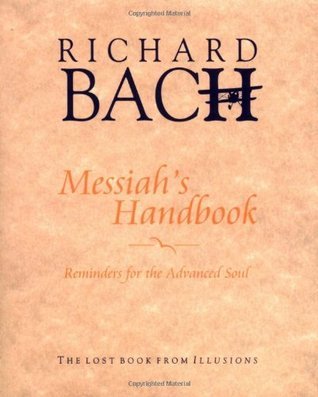
Running from Safety: An Adventure of the Spirit
Book Description
What if the only thing standing between you and freedom is your own fear? In a captivating journey through the corridors of the mind, Richard Bach explores the thrilling clash between safety and the call of the spirit. As he confronts his past and the ghosts of his own making, a deep connection ignites with the essence of his true self. Filled with stunning revelations and gripping choices, this adventure challenges the boundaries of belief and the meaning of destiny. Will he find the courage to embrace a life unshackled, or will he remain trapped in the shadows of doubt?
Quick Book Summary
In "Running from Safety", Richard Bach embarks on a spiritual and philosophical journey prompted by an extraordinary inner encounter. When Bach meets the nine-year-old version of himself, Dickie, he is forced to examine the chasm between childlike wonder and adult caution. Throughout their conversations, Bach confronts his own fears, regrets, and the safety mechanisms he’s built over a lifetime. The book navigates themes of self-discovery, forgiveness, and the courage required to pursue an authentic life. With fantasy-tinged reflection and emotional honesty, Bach illustrates that freedom and growth are possible through reconciling past wounds and perceptions with present aspirations. Ultimately, the story serves as an inspirational meditation on healing, risk, and spiritual adventure.
Summary of Key Ideas
Table of Contents
Confronting Inner Fears and Doubts
Richard Bach’s journey in the book begins with an astonishing internal meeting: his adult self encounters Dickie, the spirited nine-year-old Richard from his past. This surreal dialogue draws Bach into a profound exploration of memory and identity, compelling him to face questions he once buried. The interaction becomes a metaphor for grappling with the remnants of childhood innocence and the protective walls of adult consciousness, illustrating the profound divide that forms between youthful imagination and grown-up skepticism.
Dialogue Between Past and Present Selves
The heart of the story lies in the conversations between Bach and Dickie. Through their exchanges, Bach is challenged to justify the cautious choices he’s made throughout his life, while Dickie confronts him with the unfiltered curiosity and defiance of a child. This interplay highlights the necessity of integrating past experiences into present understanding, while also exposing the anxieties and defensiveness that accumulate over time. The dialogue is both therapeutic and provocative, urging Bach to reconsider deeply held beliefs about safety, success, and vulnerability.
The Cost of Safety Versus Freedom
A central tension driving the narrative is the conflict between the comfort of safety and the pull of unrestricted freedom. Bach examines how the desire for security can subtly become a cage, preventing genuine growth and adventure. By witnessing his own hesitations articulated through Dickie’s perspective, he becomes acutely aware of the dreams, risks, and opportunities sacrificed in favor of predictability. The book questions whether a truly meaningful life can be lived without embracing uncertainty.
Healing and Forgiveness
Personal healing and forgiveness are essential milestones in Bach’s spiritual journey. Revisiting past failures and understanding his childhood fears, Bach learns to release blame and regret. Through Dickie, he comes to terms with the innocence he lost and the decisions he feared to make. This process allows him to open himself to acceptance and self-love, healing emotional wounds that had left him estranged from his more adventurous, open-hearted self.
Embracing Spiritual Adventure
The narrative culminates with Bach’s awakening to the adventure of spirit and the importance of saying yes to life’s uncertainties. He recognizes that true liberation comes not from avoiding risk, but from engaging with it wholeheartedly. By the end of the journey, Bach embraces the wisdom and courage uncovered through his inward odyssey. The story encourages readers to reconcile with their own inner child, to question their boundaries, and to discover a life of purpose beyond fear and complacency.
Download This Summary
Get a free PDF of this summary instantly — no email required.





